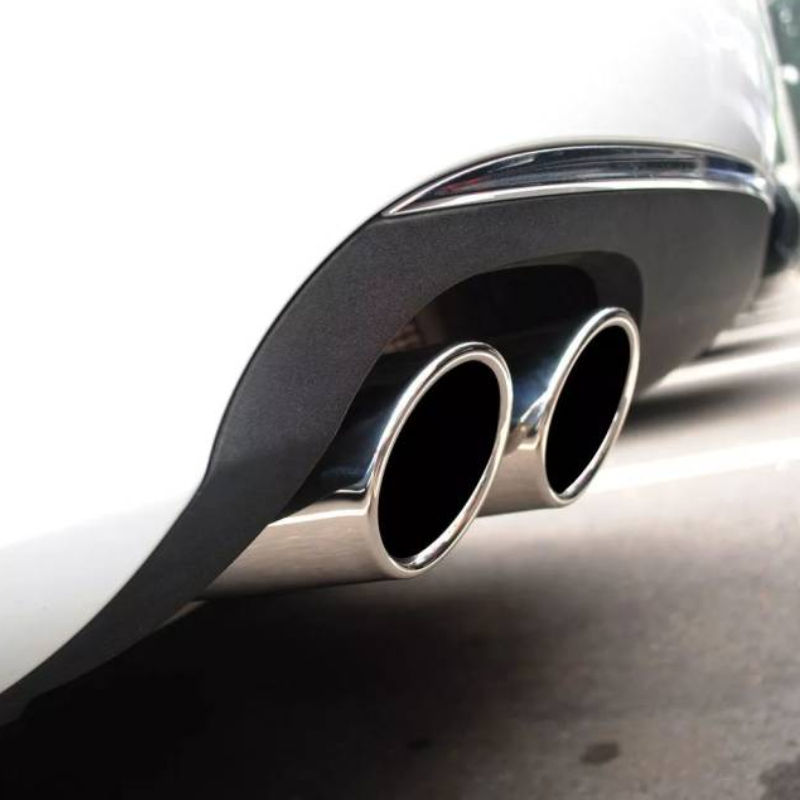Understanding Ovality in Centerless Grinders A Comprehensive Analysis
In the realm of precision engineering, centerless grinding is a crucial process that ensures high accuracy and efficiency in component manufacturing. However, a phenomenon known as ovality can sometimes occur during this operation, significantly impacting the quality of the final product. This article delves into the concept of ovality in centerless grinders, its causes, effects, and potential solutions.
Ovality, or the deviation from a perfect circular shape, refers to the distortion of a workpiece into an oval or elliptical form after being processed through a centerless grinder. This deviation can lead to dimensional inconsistencies, reduced performance, and even failure of critical components in various industries, including aerospace, automotive, and medical devices.
The primary cause of ovality in centerless grinding is the inherent imbalance in the force distribution applied to the workpiece. In a centerless grinder, the workpiece is supported by a regulating wheel and a grinding wheel, both rotating at different speeds. The workpiece's axis is not fixed, creating a self-aligning action that allows for continuous feeding. However, if the pressure distribution between these wheels is uneven, it can result in a non-uniform removal of material, leading to ovality.
ovality in centerless grinder quotes

Several factors contribute to this imbalance, including wheel wear, workpiece loading, and coolant application. Wheel wear can alter the contact area, while excessive workpiece loading may cause flexing. Inadequate or misdirected coolant can also lead to localized overheating, contributing to uneven material removal.
The consequences of ovality are significant. It can cause premature failure of parts under stress, affect the fit and function of components in assemblies, and lead to increased scrap rates. Moreover, it adds complexity to the manufacturing process, requiring additional steps like rework or correctional machining, thereby increasing production costs.
To mitigate ovality in centerless grinding, engineers employ a range of strategies. These include regular maintenance and calibration of the grinding and regulating wheels, ensuring proper coolant delivery, and adjusting the feed rate and pressure to maintain a consistent cutting action. Advanced control systems with real-time monitoring capabilities can also help detect and correct ovality issues promptly.
In conclusion, ovality in centerless grinders is a complex issue that demands a deep understanding of the process and its variables. By recognizing the causes and implementing effective prevention methods, manufacturers can minimize ovality, ensuring the production of high-quality, precision components. Continuous research and technological advancements in the field promise to further refine our ability to combat this challenge, enhancing the efficiency and reliability of centerless grinding operations.
-
Discount High-Precision Surface Polishing Machine Durable & EfficientNewsApr.29,2025
-
High-Precision SS Square Tube Polishing Machine China SupplierNewsApr.29,2025
-
Stainless Steel Square Pipe Polishing Machine OEM & High-EfficiencyNewsApr.28,2025
-
Centerless Grinder Troubleshooting Fast Fix for OEM, China & Discount ModelsNewsApr.28,2025
-
Centerless Grinder Automation Solutions OEM & Precision Systems ChinaNewsApr.28,2025
-
Scarlo Centerless Grinder OEM High-Precision China Models & DiscountsNewsApr.28,2025


